During our build of our Penobscot 14, ST. JACQUES, and the restoration of the 1880s Mississippi River skiff, BARBASHELA, we drilled a lot of pilot and countersink holes for stainless-steel and silicon-bronze wood screws. White oak, southern yellow pine, okoume, and cypress were the targets. These holes can be drilled separately with drill bits and a countersink, but we purchased a set of Fuller bits that combine countersinks with tapered drill bits, and it has saved us many hours of switching bits. There were drill bit shapes for different wood screws, so we set up to compare the Fuller set with pilot bits from Carbide & Diamond and Bosch. The three pilot bits tested include, from top to bottom, the Carbide & Diamond, the Fuller, and the Bosch.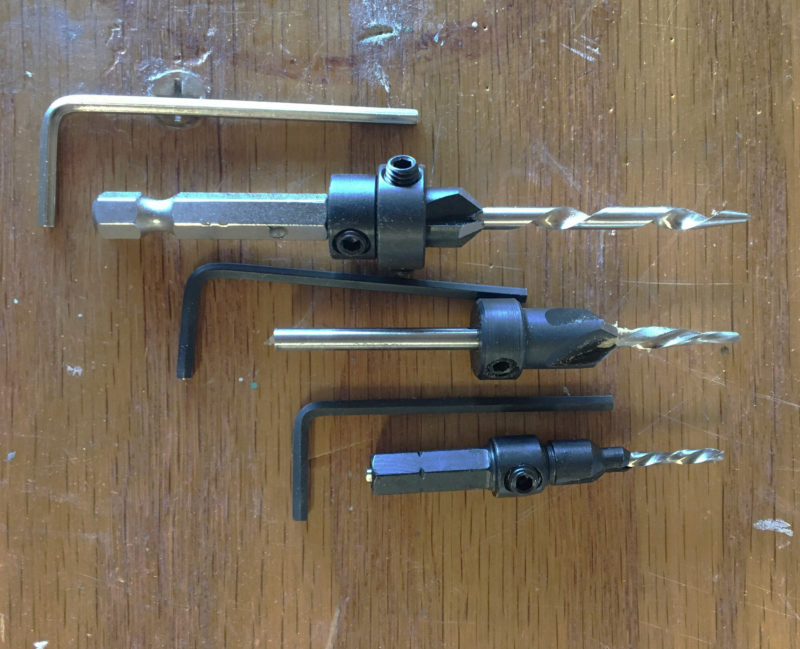 Photographs by the authors
Photographs by the authors
Join The Conversation
We welcome your comments about this article. To include a photo with your remarks, click Choose File below the Comment box.

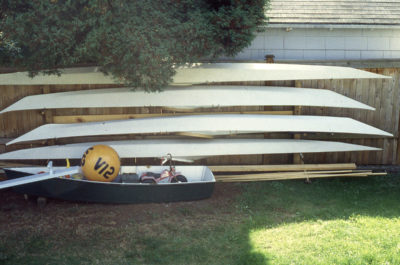



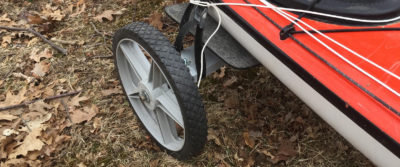
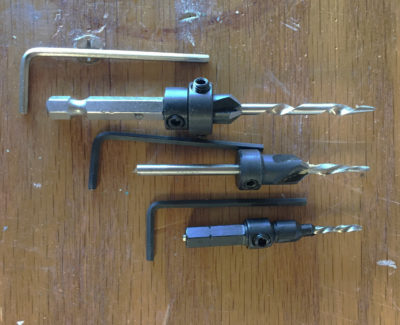
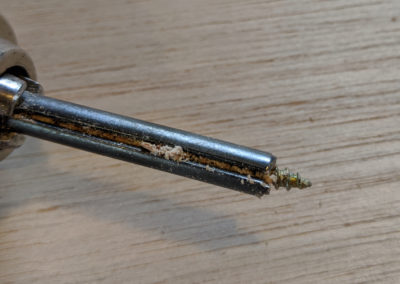

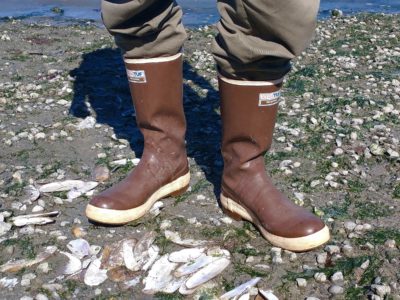
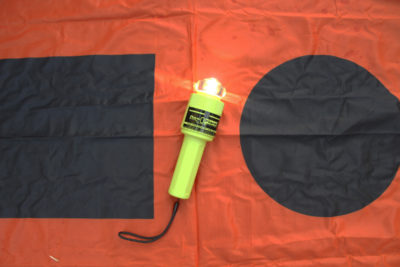
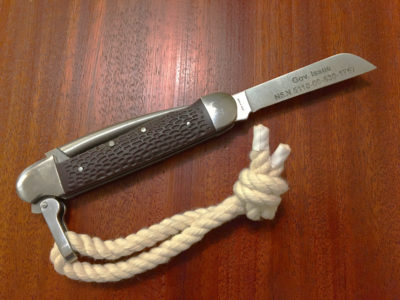

Makita used to make a set called a quad driver, which had the key imbedded the the bottom of the shaft. I have had a few of these, and have, over the years, worn most of them out. They were very well designed and I have used them in the construction of a dozen or so boats. I sure wish there were a source for them still. Alas ….
My preference is the Fuller bits. I also have the round-shank set. If there is some distance between the back of the cutter and the drill chuck, despite how tight you make the set screws once in a while the plug cutter will slip backward on the shaft toward the drill chuck and change the hole depth setting. Not convenient when one doesn’t want the hole to penetrate out the back side of the two pieces being joined. The cure for this is to put some small nuts with an internal diameter just bigger than the shaft size on the drill shank behind the plug cutter, filling the space between the drill chuck and the cutter. Even if something wants to slip, the nuts prevent this from happening. This will give you peace of mind and potentially prevent a problem.
Bill
Thanks for the enjoyable test article on countersinks. Particularly interested in the evaluation of the thread cuts, something I’ve not noted myself. Having said that, I have now thrown out my second set of Fuller bits. As you noted, the countersinks often slip on the smooth drill shaft. To me this has been a constant annoyance. It isn’t just the time lost retightening the countersink and depth stop, but worse this results in stripping the Allen setscrews to where they are unusable. My recent switch to beefier hex-shaft countersinks has improved this for me.
I got a set of these and they are great! Different depths, etc. The only challenge I has was the size of the countersink. On my screws, #8s, it seemed to be too narrow and not deep enough so I ended up going over the sunk holes with a countersink bit.
Eric Rinehart
Great article, excellent original research. This knowledge will be applied in locksmithing and the manufacturer of the odd birdhouse here and there.
I have used the Fuller bits for many years, and like them very much. I have a few of the C&D bits, and use them only when I don’t have the right size Fuller (several of them having broken off and thus rendered useless). They can be replaced individually.